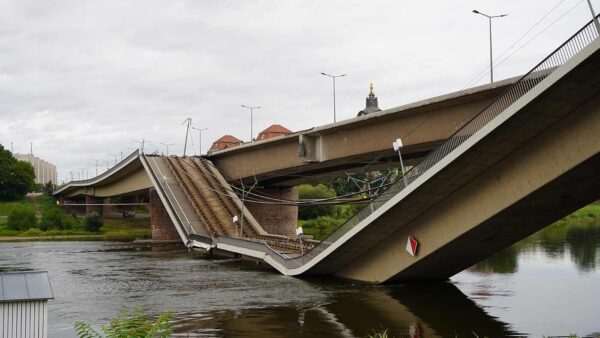Opposition lawmakers in Hong Kong protested this week over an alleged “secret” ceremony to hand over the port and customs area of a major new train station to the control of Mainland officials, reviving unease over the territory’s autonomy.
Hong Kong’s chief executive Carrie Lam Cheng Yuet-ngor on Tuesday (4 September) played down the incident after lawmakers complained that they had been kept in the dark about the 15-minute ceremony the night before.
Concern has also been raised over allegedly “secret” floors and spaces in the complex station, which was designed by Netherlands-headquartered Aedas, and US-based Aecom.
Referred to as the “gateway to Hong Kong”, the station is the West Kowloon terminus of the long-delayed US$10.7bn Guangzhou-Shenzhen-Hong Kong Express Rail Link, due to open on 23 September, which connects Hong Kong to the Mainland.
There is a crisis of trust [between people and the government]. It’s best that the MTR Corp and the government make everything public … This can reduce many questions– Carrie Lam chief executive of Hong Kong
At the ceremony, a 105,000-sq-m port and customs area inside the terminus was reported to have been officially transferred to the jurisdiction of Beijing.
About 100 Mainland and Hong Kong officials attended the event, which was not publicised in advance, and to which the media were not invited.
The public became aware of the ceremony only after a press release was issued shortly after midnight, reports South China Morning Post.
Some lawmakers and others worry about Beijing’s encroachment on Hong Kong’s Basic Law, which gives the city independence from laws emanating from Beijing.

Aedas’ render of the completed terminus (Aedas)
Lam insisted the event had not been a “ceremony”, even though the official press release called it “a ceremony marking the commissioning of the mainland port area”.
She described the event as “a little working-level handover procedure”, reports the Post.
At issue is not so much the presence of the port area of the station, which China’s parliament said in December last year would be regarded as Mainland territory governed by Mainland laws, but rather the secrecy surrounding the handover.
In a move to contain the fallout, Lam ordered the station’s developer, MTR Corp, and her own government departments, to respond quickly to public enquiries on the matter.
But even Priscilla Leung Mei-fun, a legislative councillor from the pro-establishment Business and Professionals Alliance for Hong Kong, agreed that top figures had to be more transparent about cross-border issues.
She told the Post: “There is a crisis of trust [between people and the government]. It’s best that the MTR Corp and the government make everything public … This can reduce many questions.”
The Hong Kong Journalists Association said the government had “seriously undermined the people’s right to know” with Monday’s “inappropriate” arrangement.
“We question the government on whether they have deliberately held the ceremony in a low-key manner,” it said in a statement, also reported by the Post.
The furore has led to heightened interest in allegedly “secret” spaces within the West Kowloon terminus, as well.
Soon after the Monday night event, it emerged that a previously undisclosed basement level lay under the platform level of the station, the Post reported.
And today, officials revealed four previously undisclosed areas in the station covering 27,300 square metres.
To ward off suspicion that such spaces might be controlled secretly by Beijing agencies, transport authorities insisted they were merely “back-of-house” areas housing offices, ventilation and air-conditioning systems, switch rooms and the like, reports the Post.
Aedas and Aecom were awarded the contract to design the 380,000-sq-m terminus in 2012.
Top image: The West Kowloon Terminus under construction in June 2017 (Baycrest/Wikipedia user/CC-BY-SA-2.5)






